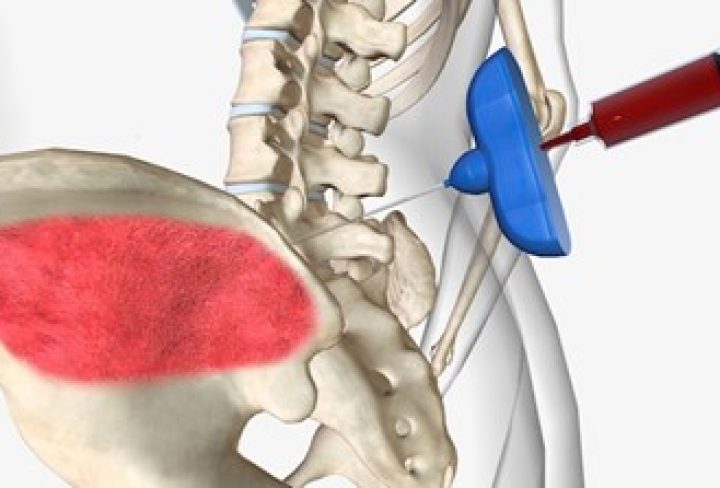Bone marrow aspiration and biopsy are crucial diagnostic procedures used to examine the bone marrow, offering insights into blood cell production, and detecting various diseases. As patients preparing for these tests, understanding the process, risks, and outcomes is paramount. Let’s delve into the details to demystify these procedures.
Understanding Bone Marrow Aspiration and Biopsy
Bone marrow aspiration involves extracting a sample of the fluid portion of the bone marrow, while biopsy collects a sample of the solid portion. Together, they provide comprehensive information about bone marrow health and blood cell production. Typically performed together, they offer a comprehensive evaluation of various blood and marrow disorders.
Indications for Bone Marrow Examination
Bone marrow exams are conducted to diagnose and monitor diseases affecting the bone marrow and blood cells. These include leukemia, lymphoma, anemia, and fevers of unknown origin. They aid in disease staging, treatment monitoring, and assessing iron levels. Additionally, bone marrow exams are invaluable in determining the presence of abnormal blood cell production, guiding treatment decisions effectively.
Insight into the Procedure
Before the procedure, patients may receive local anesthesia or sedation to ensure comfort. A needle is then inserted into the hipbone to procure samples of bone marrow fluid and tissue. While mild discomfort may ensue during the process, the entire procedure typically lasts 10 to 20 minutes. Following completion, pressure is applied to the site to staunch bleeding, and a bandage is applied.
Post-Procedural Expectations
Following the bone marrow exam, patients may experience tenderness at the site, which can be managed with over-the-counter pain relievers. It’s essential to keep the bandage dry for the first 24 hours and avoid strenuous activities to minimize bleeding and discomfort. Any persistent bleeding, fever, or worsening pain should be promptly reported to the doctor.
Assessing Risks and Complications
While bone marrow exams are generally safe, rare complications may occur, including excessive bleeding, infection, and discomfort at the exam site. Patients with weakened immune systems may be at higher risk. However, with proper preparation and post-procedure care, the likelihood of complications is significantly reduced.
Interpreting Results
The bone marrow samples are analyzed in a laboratory by specialized pathologists to evaluate blood cell production and detect any abnormalities. Results are typically available within a few days and play a crucial role in confirming diagnoses, determining disease progression, and assessing treatment effectiveness. Depending on the findings, additional tests or treatments may be recommended.
Conclusion: Empowering Patients Through Knowledge
Bone marrow aspiration and biopsy are vital tools in diagnosing and managing various blood and marrow disorders. By understanding the procedures, risks, and outcomes, patients can approach the process with confidence and actively participate in their healthcare journey. With proper guidance from doctors and a thorough understanding of what to expect, patients can navigate bone marrow exams with ease, paving the way for accurate diagnoses and effective treatments.

